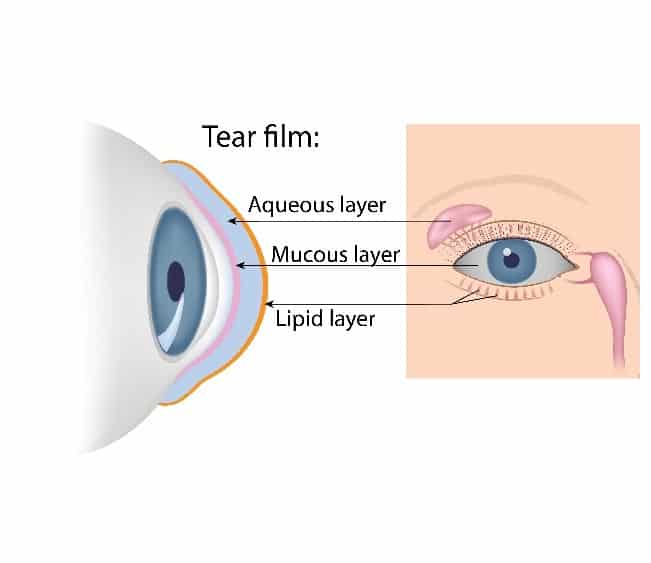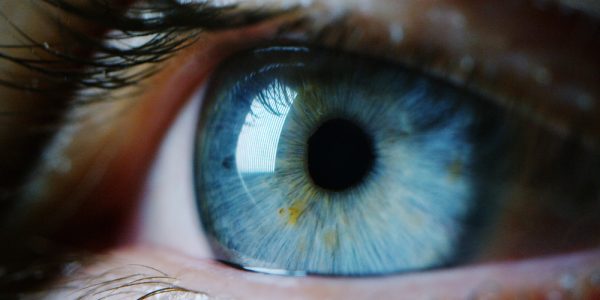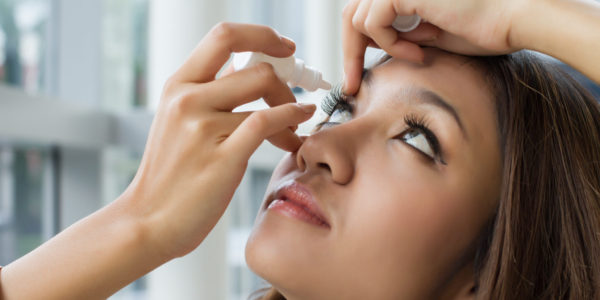
Usually the first line of defense against dry eye disease is to identify common lifestyle or environmental factors that could be contributing to symptoms, and then systematically eliminate those factors. If you see Bay Area ophthalmologist and cornea specialist Mark Mandel, MD, for dry eye symptoms, he may recommend that you modify or eliminate medications known to cause dry eye, up your intake of omega-3 fatty acids and add moisture to the air in your home with a humidifier. He may also recommend using artificial tears or medicated eyedrops to increase the moisture on the surface of your eyes.
If these measures do not control your symptoms, he may recommend an alternative treatment, such as the placement of punctal plugs, to make your eyes more comfortable.
Relief for Dry Eye Disease
To understand how punctal plugs work, it helps to think of your eye as having characteristics similar to a sink. A “faucet” under your eyebrow produces the tears that keep your eyes moist. There are “drains” or ducts for the tears in each eyelid near your nose; these drains are called puncta.
If your eye’s faucet does not work properly, closing the drains prevents natural tears and artificial tears from draining from your eye. Tiny plugs called punctal plugs can be placed in the tear ducts to help the tears stay in contact with the surface of your eye for longer periods of time, relieving your symptoms. These plugs are about the size of a grain of rice and are made from safe silicone materials.
Mark Mandel, MD, usually starts by plugging the lower ducts first. If that does not provide sufficient symptom relief, he can plug the upper ducts several weeks later. In certain cases, he may plug the upper and lower ducts simultaneously.
Frequently Asked Questions About Punctal Plugs
Can I feel the plugs?
Some patients initially feel the plugs after insertion but quickly adjust to the sensation. If they are uncomfortable, or if no longer needed, they can be easily and painlessly removed.
Are there any side effects?
Some patients have slight itching or irritation of the eyelid after placement of the punctal plugs. On occasion, closing the upper ducts can lead to excessive tearing or watering of the eyes. If this is a problem, the upper plug can be removed.
Serious side effects like eye infection or migration of the plug inside the duct are rare.
How long do punctal plugs last?
These semi-permanent plugs are designed to last indefinitely, but can be easily removed.
Can the plugs fall out on their own?
Punctal plugs may shift or fall out of the eye if you rub your eyes or if the plugs do not fit properly in your tear ducts.
Could I benefit from punctal plugs?
If lifestyle tweaks, artificial tears or medicated eye drops do not sufficiently relieve your dry eye symptoms, punctal plugs may be a suitable option.
Contact Optima Eye to request an appointment with Mark Mandel, MD, today.


